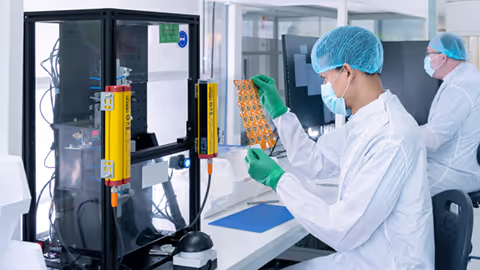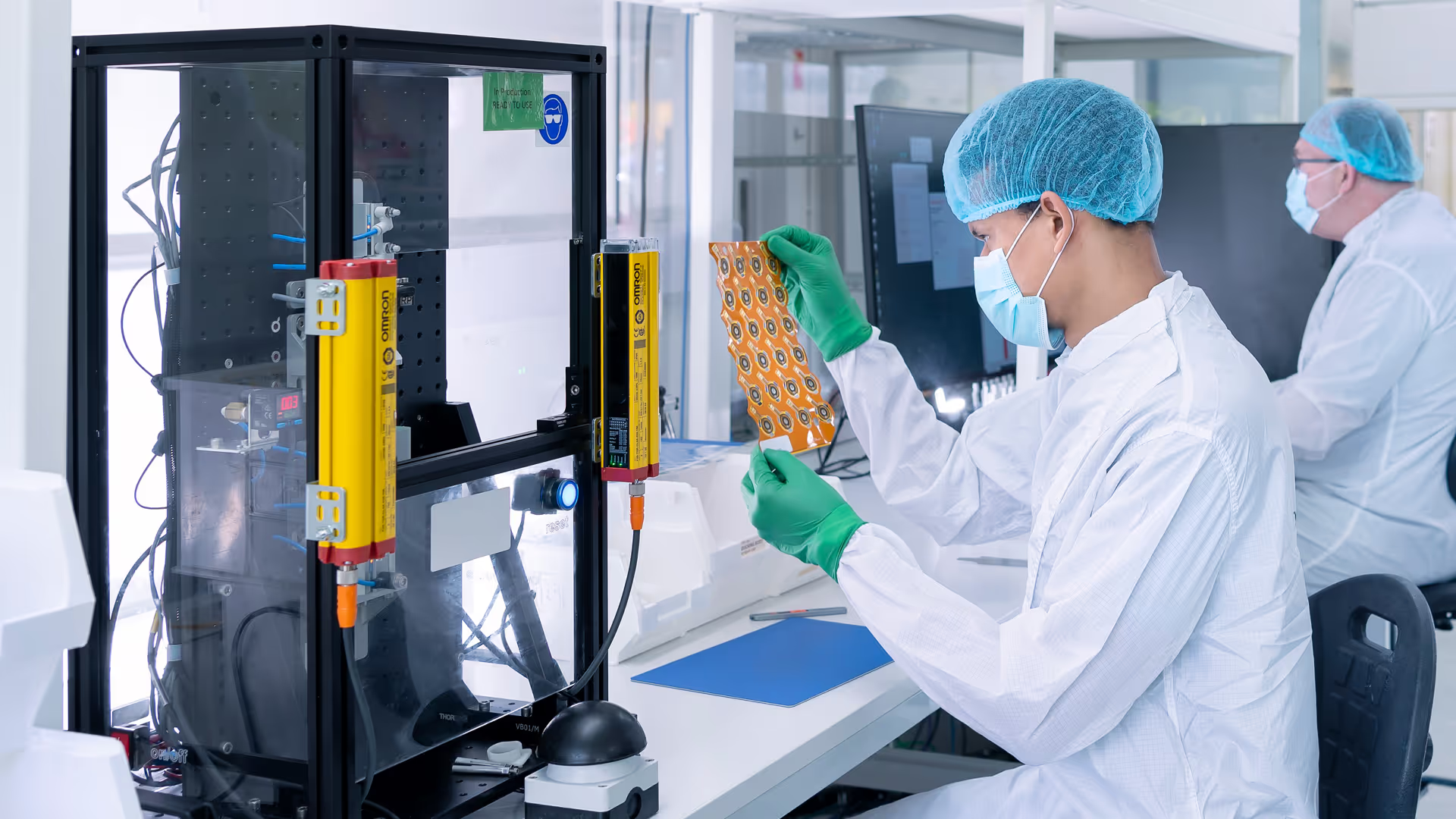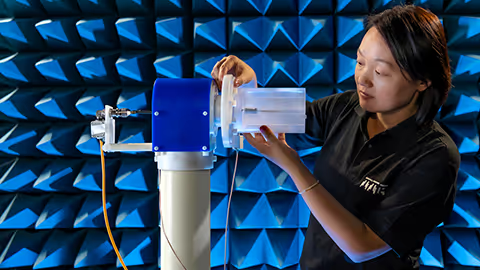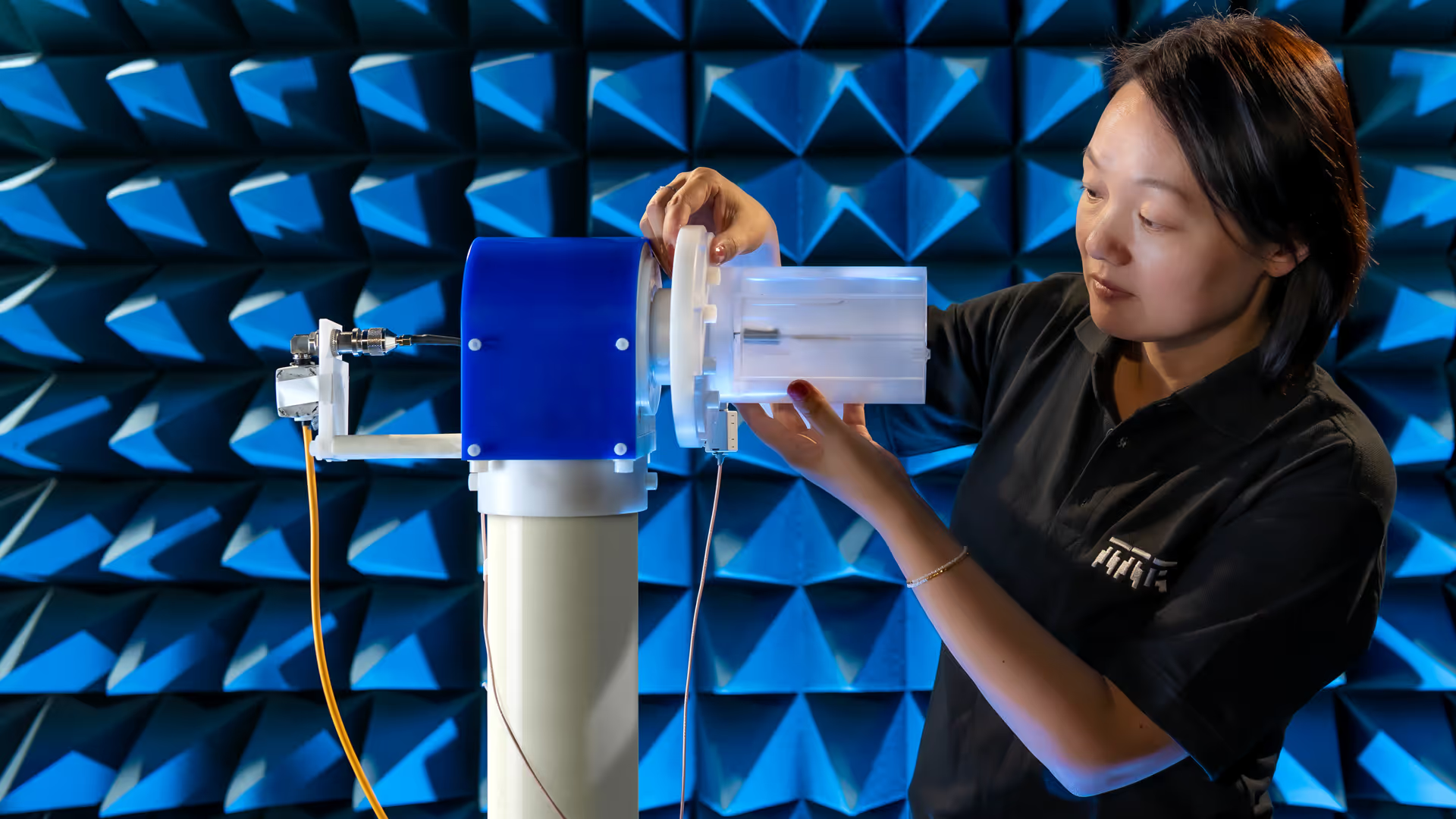Intuitive as an example
The emergence and growth of Intuitive’s da Vinci robots are a success story. Why? Da Vinci reduces the skill barrier for laparoscopy. Its surgical instruments have articulating wrists which are easier to use than straight-stick laparoscopic tools; that dexterity comes to life in each hand of the surgeon due to the robotic interface. And immersive 3D visualisation makes minimally invasive procedures more akin to open surgery – and, indeed, altogether more intuitive.
Of course, Intuitive did other things well such as timely marketing and agility at a company level, but Intuitive is mostly known for making surgery easier and less invasive. Many point to the persistent rapid growth of Intuitive’s sales as the source of today’s excitement across all areas of robotic-assisted surgery.
Pulmonology: watch this space
This excitement is spreading to other areas such as interventional pulmonology. New fly-by-wire systems aim to improve early stage evaluation of peripheral lung nodules which are difficult to reach and biopsy. These systems, combined with microwave ablation capability, pave the way to “see and treat” early stage cancer in a single procedure. That is a superb vision, and potentially also a superb strategy.
But does it need a robot? On one hand, a recent study published in the Journal of Thoracic Oncology, shows successful navigation in 94 percent of 1,157 lung lesion biopsy cases using Medtronic’s SuperDimension, a “manual” navigation system without the capital costs of robotics [1]. This suggests the answer is no. But on the other hand, Auris has created a robotic lung biopsy platform which allows the pulmonologist to see the biopsy needle entering the tissue: direct optical visualisation gives confidence that the biopsies are taken exactly where intended, with the aim of reducing false negatives.
A key technological enabler by Auris is the mechanical stability designed into Auris’ scope, especially by means of a controllable sheath. This helps the entire endoscope (optics and working channel) to get all the way to the outer periphery of the lungs. Like Intuitive’s laparoscopic EndoWrists, Auris’ mechanical arrangement is made much easier to control by the robotic interface; i.e. the mechanical design needs a robotic interface rather than any assumption that a robot is beneficial in its own right. Of course, this presents a capital cost barrier to hospitals. It is too early to say whether the clinical benefits justify that cost, although at least J&J’s multi-billion valuation of Auris is a vote of confidence.
Are there “bad strategies”?
All medtech CEO’s talk about economics and clinical outcomes: physicians should be able to do more, with higher success rates, in shorter procedures, with fewer complications, greater ease and reasonable cost. But is every medtech company truly focused on delivering strong solutions to clinical needs? Is the hype of robotics – “robotic surgery means precision” – supported by the clinical benefits enough to warrant today’s large investments? Will all robotic platforms deliver strong clinical and economic value in the long run?
If you are developing a new robotic surgery platform, do you consider yourself to be working on robotics or clinical outcomes? Hopefully the latter. It should be as “obvious” as some basic business principles, like learning quickly from a minimally viable product, or balancing tech push with market pull, which are often talked about but difficult to follow through in corporate environments. We should remain true to clinical needs.
Clinical needs, in turn, cascade into design objectives. For instance: identification of critical structures such as nerves; reduction of collateral damage to other organs; detection of cancer margins; reduced bleeding; situational awareness; ease of use (and ease of training, and ease of buying); speed; stability; reduced x-ray exposure, etc… and of course no more time or money than necessary.
But that is difficult!! Even surgeons themselves often guide us towards incremental improvements instead of innovation, because they might not know what is technologically possible if it is not what they are used to. If a surgeon’s job was (say) to ablate tissue under the guidance of video endoscopy, then he/she might demand higher quality optics in the endoscope to help her position the ablation probe for a more controlled procedure. But what if a novel form of imaging would show both the anatomy and the zone of ablation, and even better, what if it could be combined with the ablation tool? That would make optical improvements the wrong design objective: the procedure is both safer and more effective if one can see the zone of ablation with a co-located ablation device. The burden is on the manufacturer, to have the insight to spot and analyse the underlying “need”, the awareness to know that better solutions are possible, and the bravery to act on it!
Similarly, lack of boldness has pushed some companies in the direction of feature-starved low-cost robots. Yet, there is a subtle (but vast) difference between optimising the workflow of a me-too surgical robotic product based on medical knowledge, and pursuing a bold design that enables better clinical outcomes and totally new modes of surgery. The latter is far more disruptive and valuable.
Some next-gen surgical robots have features which could equally be applied to manual surgical tools for the same benefit. For example, a straight-stick laparoscopic instrument can be just as impactful as a robotic laparoscopy system, when both have a sensor in the right place, surgical and imaging functions integrated in a single tool, or pre-op scans fused into intra-op images. So, is robotics a strategic objective? It may help to guarantee a certain level of precision and stability, but that might not translate into clinical benefits and it can even be an impediment if the fly-by-wire interface reduces the surgeon’s sense of touch, and increases costs or makes procedure times longer.
Despite the well-deserved success of Intuitive, robotic surgery in its own right is a terrible objective. Whilst investor excitement and the patient “billboard appeal” of robotic surgery have to be acknowledged, robotics poses a capital and training barrier to the clinician, and a complexity, support and infrastructure barrier for the manufacturer.
CASE STUDY - Smart implants: surgical nail for monitoring bone healing
Insight - Beyond pixel number: Where next for endoscopic imaging capabilities?
So, what is a “good strategy” in surgical innovation?
Based on all of the above, my current opinion of the right general innovation strategy in surgery is: a combination of the right mechanical architecture, and the selection of technologies which best solve the clinical needs in an economically viable manner. Plus a strict discipline to deliver on this. Okay, and also a culture of enterprise and a top technical team. But that’s it. This seems to echo the narratives of the industry’s brightest lights. Is robotics a part of that strategy? Only where necessary.
About TTP's Surgical Intervention and Imaging team
From high-precision robotics to advanced imaging systems, TTP’s Surgical Device Design and Development team helps you bring transformative surgical innovations to life. Our multidisciplinary experts combine decades of experience with cutting-edge engineering, scientific rigor, and user-centric design to solve the most complex challenges in minimally invasive procedures and beyond.
Whether it’s creating bespoke surgical tools, integrating imaging technologies, or developing robotics, we guide you from concept to market-ready solutions. With a proven track record in full-cycle product development, we deliver tailored technologies that improve patient outcomes, enhance surgical efficiency, and meet the rigorous demands of modern healthcare.
Find out how our Surgical product development consulting can help you redefine the future of the operating room. You can also read more about TTP's Medical Device Consulting team.











